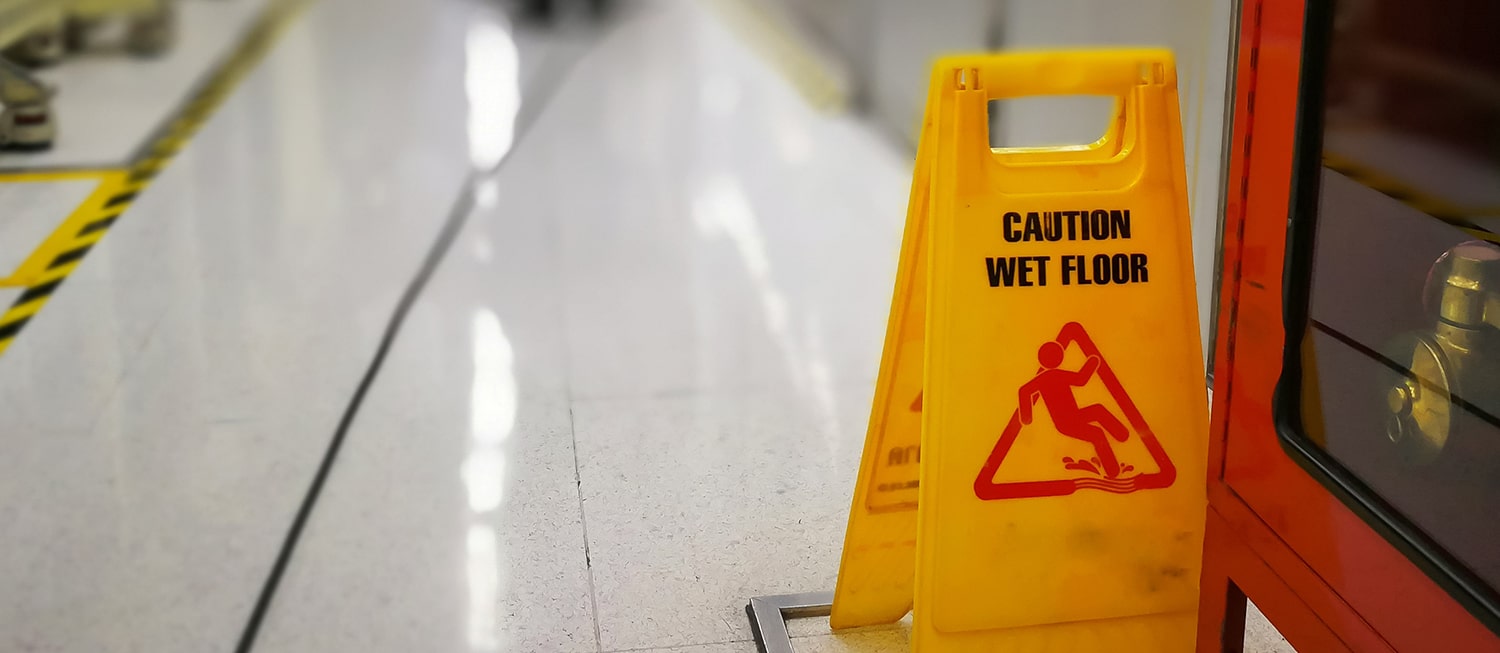
As indicated by the top 10 Occupational Health and Safety Administration (OSHA) violations from fiscal year 2021, fall protection remains a critical aspect of worker safety. In fact, it has been the most frequently cited standard for the past 11 fiscal years.
In metalworking, poor housekeeping contributes to falls. Walking surfaces that are coated in spent cutting fluid or cluttered with metal scrap increase the risk for slips, trips, and falls. OSHA requires machine shop working surfaces to be kept clean, workroom floors dry, and walkways free of hazards to prevent injuries.
Fortunately, metal scrap conveyors can significantly improve plant housekeeping by moving metal scrap coated in cutting fluid away from work areas. Other benefits? Conveyors also reduce forklift traffic and the manual loading of sharp scrap into containers.
Here are three considerations for choosing an automated conveyor system that will not only maintain workplace safety, but also improve productivity.
1. What kind of metal scrap will the conveyor move?
Certain conveyor designs are better suited for certain types of metal scrap. For instance, steel belt conveyors are versatile enough to handle any type of wet or dry metal scrap, from bushy material and die scrap, to chips and turnings. Similarly, in-floor trough conveyors can move all types of metal chips, fines and turnings, wet or dry bushy wads, and tramp metal solids.
Other conveyors, however, are more specialized. Magnetic conveyors, for example, excel at the transfer of wet or dry chips, slugs, turnings, parts, and die scrap however the scrap must all be ferrous. Drag chain conveyors that are designed to move stamping scrap can eliminate carry-over.
Other considerations include the size, weight, volume, and temperature of the metal scrap, as well as whether it is ferrous or non-ferrous. Selecting the right conveyor design for the material will help optimize transfer and ensure safe operating conditions, while also creating a favorable situation for getting the most service life out of the equipment.
2. Is the metal scrap wet?
Many conveyors can move wet metal scrap, but some are designed to contain and collect fluids better than others.
For example, enclosed drag chain conveyors that feature liquid-tight construction retain 100% of cutting fluids. In-floor trough conveyors that are built liquid-tight are ideal for high-volume cutting fluid applications. Pivot belt conveyors that feature a dimpled belt surface help eliminate carryover of sticky, oily materials. Finally, even conveyors that aren’t sealed can include a pan for collecting fluids to help keep the plant floor clean and safe.
3. What will be the required conveyor path and length?
Conveyor paths vary, but some common configurations include straight and primarily horizontal, straight with an inclined path, and multi-directional. Outside of a short conveyor run, applications often need two or more conveyors to achieve the best result.
For more information regarding PRAB, please visit prab.com or contact us.